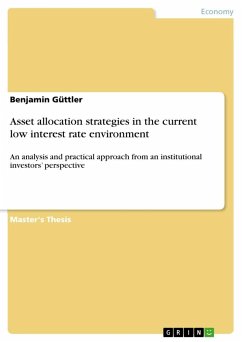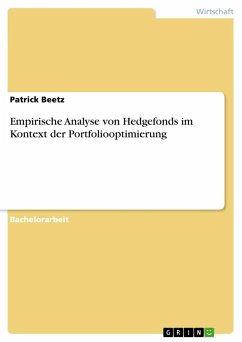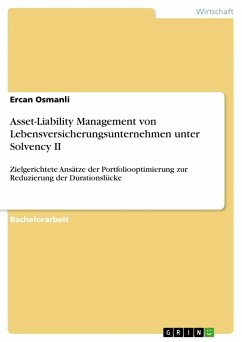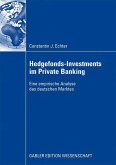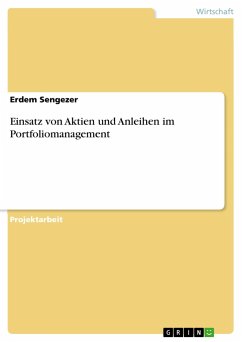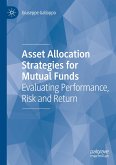Master's Thesis from the year 2015 in the subject Business economics - Banking, Stock Exchanges, Insurance, Accounting, grade: 1,0, University of Applied Sciences Osnabrück, language: English, abstract: Institutional investors face serious challenges due to the current low interest rate environment and their payment obligations. Life insurance companies in Germany have invested the majority of their assets in fixed-income securities. Thus, asset managers struggle to earn adequate returns as a consequence of low yields of high-grade sovereign bonds. As a consequence, institutional investors are forced to rethink their asset allocation, which is vital for the investment success. This thesis aims to evaluate asset allocation strategies in the light of the low interest rate environment that enable investors to generate adequate risk-adjusted returns. A sample portfolio is developed that is broadly diversified, has exposure to alternative investments and applies the Risk Parity ap-proach. The performance is evaluated over different evaluation periods on a risk-adjusted basis and in comparison to other asset allocation strategies. As a result, the sample portfolio outper-forms the current asset allocation of German life insurers and naïve diversification. However, portfolios with significant exposure to private equity or stocks outperform the sample portfolio in terms of Sharpe ratio but require a higher risk tolerance. Nevertheless, the sample portfolio achieves a satisfactory risk and return profile and is well balanced in terms of risk contribution.

